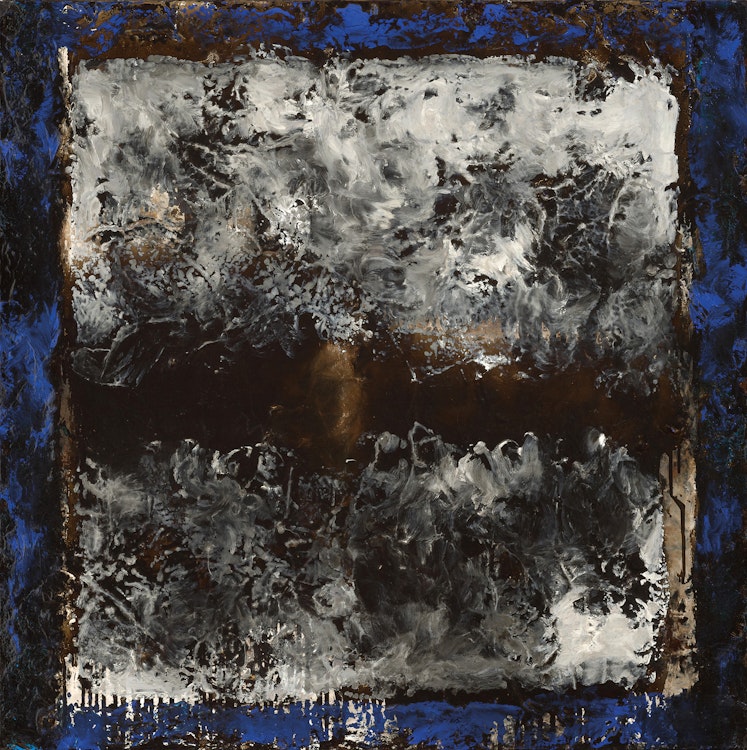Tableaux sans paroles #3 by Jean Albert McEwen

Jean McEwen
Tableaux sans paroles #3
oil on canvas
signed, titled and dated 1973 on the reverse
40 x 40 ins ( 101.6 x 101.6 cms )
Auction Estimate: $40,000.00 - $60,000.00
Price Realized $59,000.00
Sale date: September 24th 2020
Marlborough Godard, Toronto
Private Collection, Toronto
Sotheby’s Canada, auction, May 29, 2006, Toronto, Lot 39
Private Collection, Calgary
Roald Nasgaard, “Abstract Painting in Canada”, Vancouver/Toronto, 2007, pages 174-78
Roald Nasgaard and Ray Ellenwood, “The Automatiste Revolution”, Markham, 2009, pages 82-85
Fernande Saint-Martin, “McEwen”, 1953-73, Musee d’Art Contemporain, Montreal, 1973, not paginated
Building up the deep canvas with layers of paint, McEwen has used a palette of rich blacks and earthy browns, punctuated with bold inclusions of indigo and royal blue. The final layers of this work are the pure white thin layers of pigment built up into varying levels of transparency, exhibiting the ultimate contrast between light and dark.
Fernande Saint-Martin writes that McEwen “repeatedly stresses that what is important
to him is the establishment of chromatic juxtapositions so extreme and rich, that they impose themselves on the spectator. Colour is to McEwen a mutable and expressive element to which he can never refer in terms of single pigments: he tends to talk of ‘the yellows’ or ‘the purples’ in the plural, suggesting thereby the emotional impact and symphonic potential of colour in concert.” The resulting “Tableaux sans paroles #3” envelopes the viewer in a deep darkness; however, it is a comforting darkness. Rather than use a more aggressive or ominous red, McEwen’s use of blue references the darkness of nighttime, with the inclusion of white as the markers of dawn and light to come.
Whereas many of the artist’s works bear titles referencing poetry, philosophy or the artist’s very personal emotion, “Tableaux sans paroles” translates to mean ‘paintings’ or ‘displays without words’. McEwen is referencing the tradition of leaving abstract works untitled, or with a generic title, to allow full subjective interpretation by the viewer. The viewer is then able to lose themselves in the depths of the artwork, in a meditative state.
Roald Nasgaard writes: “His continuous coloured textures are built out of strata of superimposed paint layers, sometimes as many as a dozen. Their ever more variegated hues and tones lie in ambiguous depths, sometimes opaque and other times transparent and luminous. Light emanates from within them or it reflects from their surfaces, and often they seem dappled like sunlight in a Renoir nude.” The light both literally and figuratively bounces off this work. The shellac-like surface glistens in the light like the facets of raw obsidian, a nod towards the beauty and darkness found in nature, emulated in art.
Share this item with your friends
Jean Albert McEwen
(1923 - 1999) RCA
Montreal-born painter Jean McEwen is most well-known for his abstracted paintings that focus on light and color relationships. Born in 1923, McEwen trained as a pharmacist at the University of Montreal and wrote poetry for Québec based literary journals, such as Gants du ciel. McEwen’s initial art career was inspired by a film, The Moon and Sixpence, which is based off of the life and work of Paul Gauguin. As a self-taught artist he was most interested in the feelings that paintings gave him and the exploration of color and light. While his paintings are abstract in nature, some may find that their eyes piece together imagery, such as water damage or ice-covered windows when viewing his works. During his lifetime his paintings toured the United States, Japan, Brazil, and throughout Canada.
McEwen was mentored by Automatiste artist, Paul Émilie Borduas in the early 1950s. At Borduas’ suggestion, McEwen traveled to Paris for a year where he was mentored by Jean Paul Piopelle. Together they traveled to Spain, Italy, Holland, and spent the summer in Brittany, France. After spending this time in Europe, he began working in a style that incorporated ideas from the French Impressionists as well as Abstract Expressionists who were popular in the United States. McEwen worked in a style that favored symmetrical compositions, and subtly referenced bodily movement and its relationship to nature.
Throughout the early 1950s, McEwen began regularly appearing in galleries in Québec and Ontario. His first solo exhibition took place in Ottawa at Galerie Agnes Lefort, and he appeared in Montreal’s Galerie Actuelle for an exhibition on non-figurative art in the 1950s. In 1960, he published his first book, Midi Temps J’aime-Poème en Couleur. Based off of his time spent on the east coast, McEwen shared poetry and his drawings in color in his publication. Until 1961, McEwen was working full-time for a Montreal based pharmaceutical company. After receiving a grant from the Canada Council for the Arts, he reduced his hours spent at the pharmacy to focus on painting. He continued working at the pharmacy part-time until the 1970s.
After leaving the pharmaceutical industry, McEwen accepted lecturer positions at the Université du Québec à Trois Rivières and at Concordia University’s Department of Visual Arts. The Montreal Museum of Fine Arts dedicated the first retrospective to McEwen’s art in 1987. In 2019, the Montreal Museum of Fine Arts put on an exhibition, Untamed Colour: Celebrating Jean McEwen, to honour the artist and showcase the selection of the artist’s works that the museum has collected over the past two decades.
Literature Sources: The Canadian Encyclopedia, “Jean McEwen” Historica Canada, Accessed June 18, 2020
Ian McGillis, “Discovered Again: MMFA Honours Jean McEwen 20 Years After His Death, “Montreal Gazette, September 27, 2019
We extend our thanks to Danie Klein, York University graduate student in art history, for writing and contributing this artist biography.

